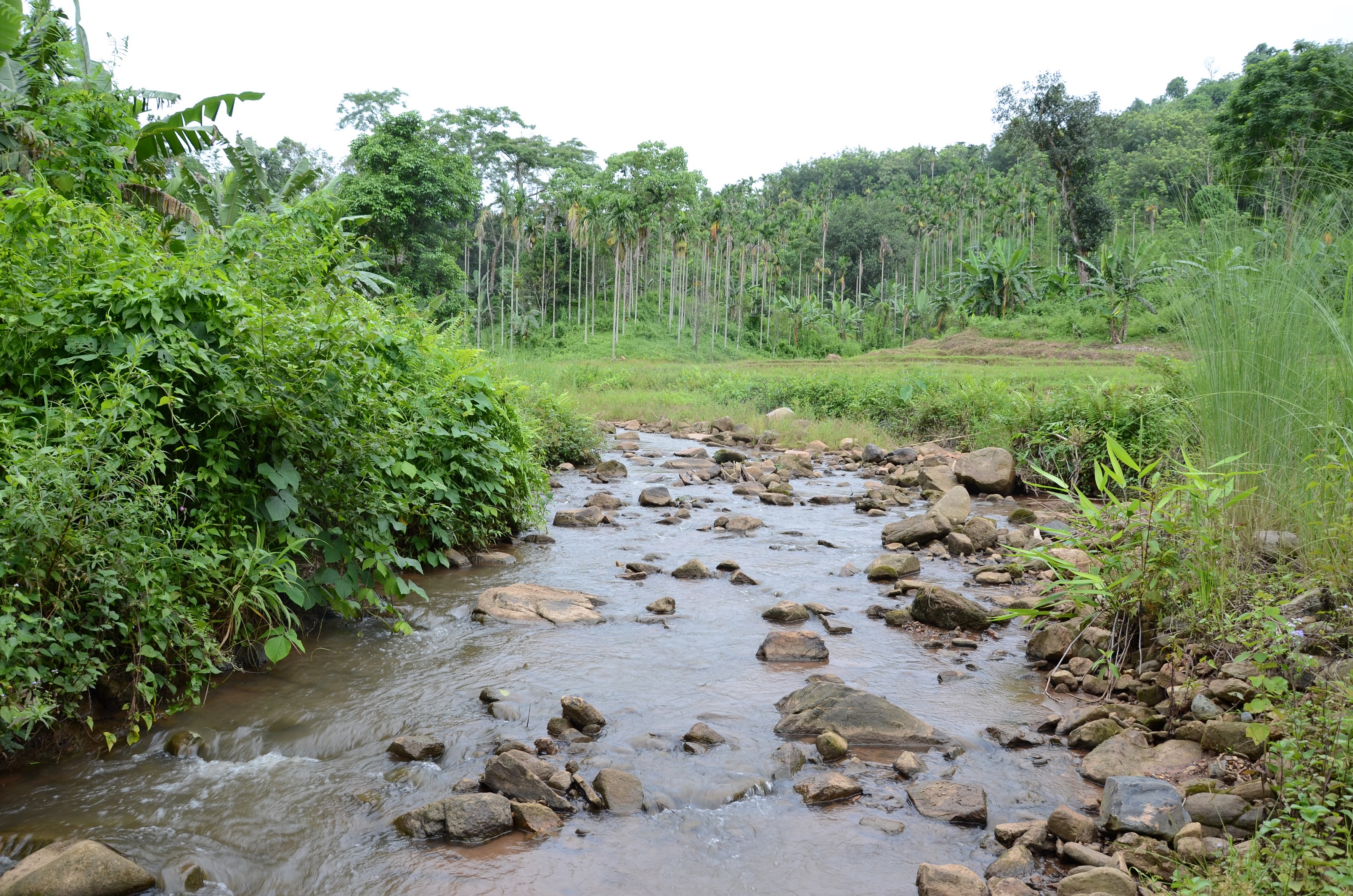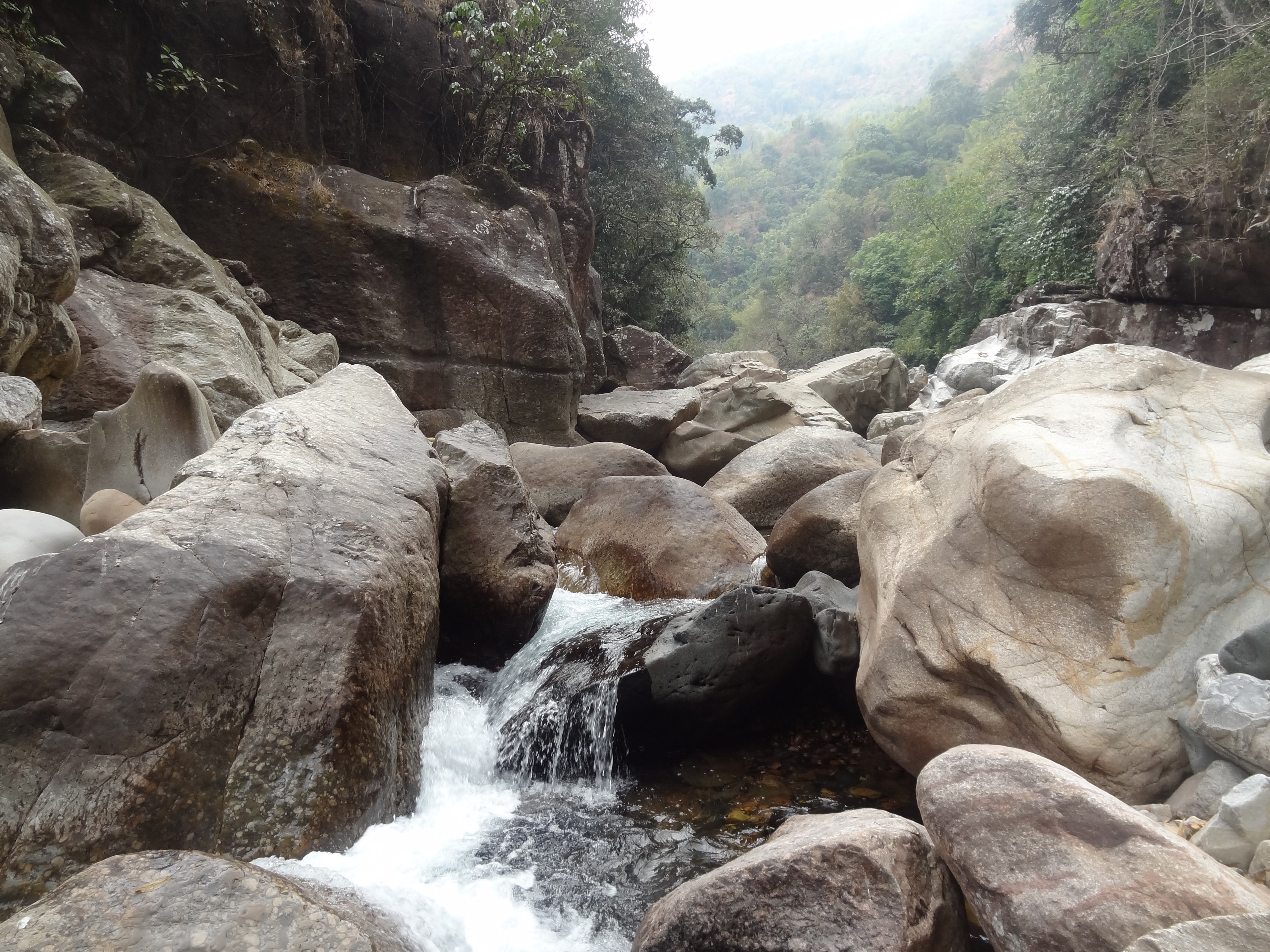- A new species of mayfly has been discovered in the Garo and Khasi Hills of the Eastern Himalayas in Meghalaya state.
- Mayflies are ephemeral river dwellers that are an important part of the aquatic food chain.
- Mayflies are excellent bio-indicators, and their presence means the water system is not polluted.
When mayflies come to a riverine system, it is an indication that it is not polluted. Being sensitive to pollution, they are mostly seen in the upper end of streams, rather than in rivers which travel down through the plains gathering dirt.
Rongbu, Umkhen and Wankwar riverine streams in Meghalaya, a state situated in the eastern hills of Himalayas, are home to a newly discovered species of mayfly Choroterpes kaegies, which could mean that these watercourses are clean, according to a study done by the Zoological Survey of India.

“This new species of mayfly is endemic to the Himalayas, which is a biodiversity hotspot of India,” says C. Selvakumar, research fellow at the Zoological Survey of India in Kolkata, who identified the novel insect species. Its larvae have smaller gills, shallower mouthparts and brown spots on legs, which make it different from members of the same genus known to exist previously, he adds. This species contributes to the riverine food chain as fishes feed on them. They are amongst the oldest known insects and named after the month in which they mostly breed – May.
Mayflies are bioindicators of the water quality of a region, as previous studies from across the world have shown. Human disturbance and pollution affect the abundance and diversity of mayfly species in a river. A 2014 paper by Selvakumar et al., and other studies in the river basins of Western Ghats, another biodiversity hotspot in India, showed that mayflies were abundant in upper regions of streams, where the environment is pristine as opposed to lower stretches that are close to human settlements and hence polluted.

“We recorded a rich diversity of mayfly species in samples from upper regions of the stream where the water was clean. As we moved down along the stream around tea plantations and human settlements, the abundance and diversity kept declining,” remarks Selvakumar. “You can rejoice when you see mayflies in a stream. They are indicators of a clean freshwater ecosystem since they cannot survive polluted water,” says Selvakumar.
There are only 26 species of mayflies found in India. Choroterpes kaegies is the most recent species addition to this number. The new species was discovered from the three riverine streams in Khasi and Garo hills of eastern Himalayas.


Mayflies are insects that come under order Ephemeroptera. The name signifies their short lifespan as winged adults (a couple of hours to a few days, depending on species). While the adults are terrestrial, the nymphs spend their time in fresh water systems.
“The female mayflies lay eggs in water where the larvae grow but the adults spend a considerable time of their life on land where they reproduce,” Kailash Chandra, director of the Zoological Survey of India said. “It is easier to collect and identify new species by studying larval samples because adults of different species show minimal differences.”
The group who discovered this new species of Indian mayfly is now planning a DNA-based analysis to find differences that could exist in its genetic makeup. “This will fine-tune data to help determine their relationship with other species of Choroterpes”, added Chandra.

Citations:
- Selvakumar C., Subramanian K.A., Kailash Chandra, & Eyarin Jehamalar E. (2017). A new species of Choroterpes Eaton, 1881 (Ephemeroptera: Leptophlebiidae) from India. Zootaxa, 4338 (1): 189-194.
- Selvakumar C., Sivaramakrishnan K.G., Janarthanan S., Arumugam M., & Arunachalam M. (2014). Impact of riparian land-use patterns on Ephemeroptera community structure in river basins of the southern Western Ghats, India. Knowledge and Management of Aquatic Ecosystems, 412: 11-25.